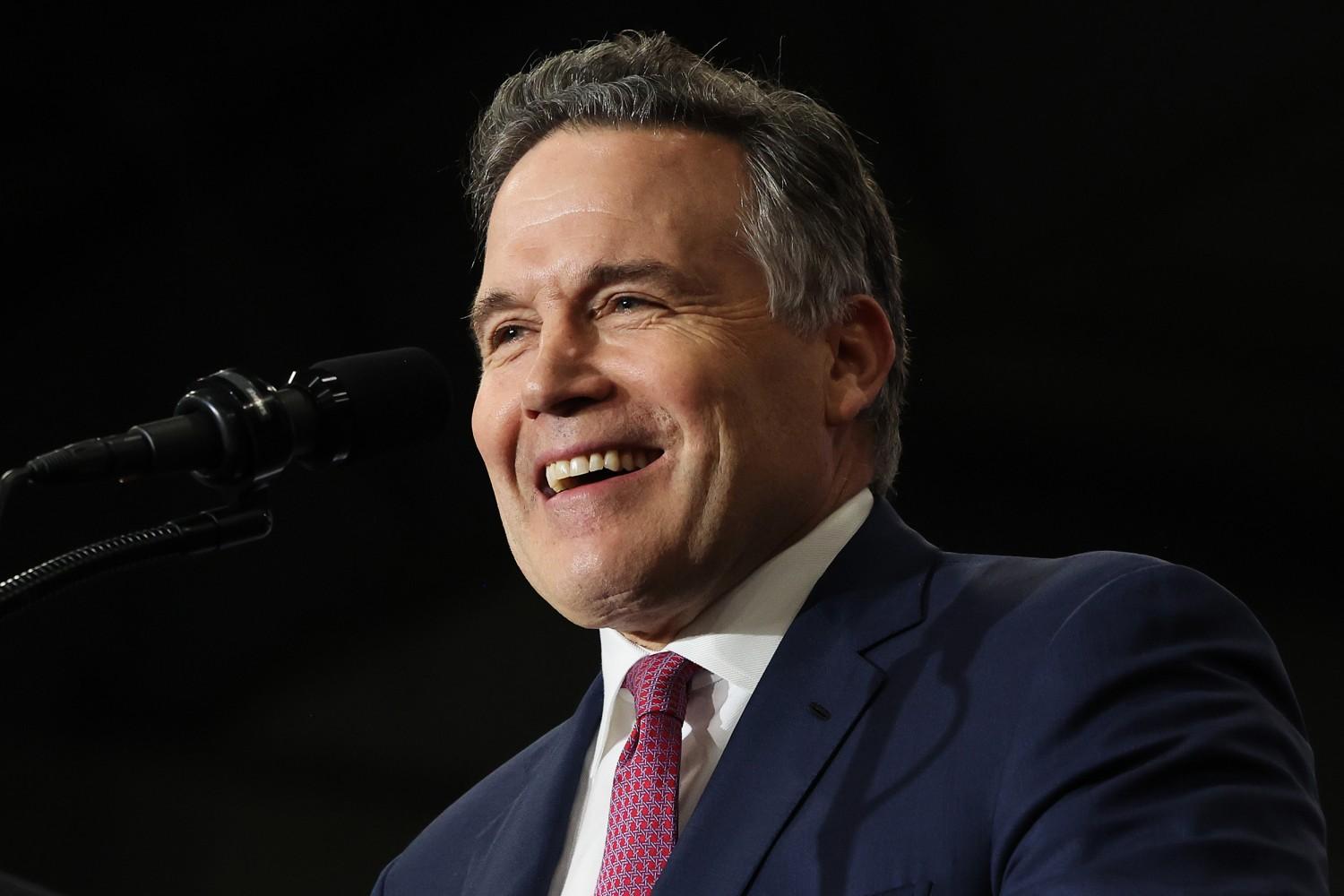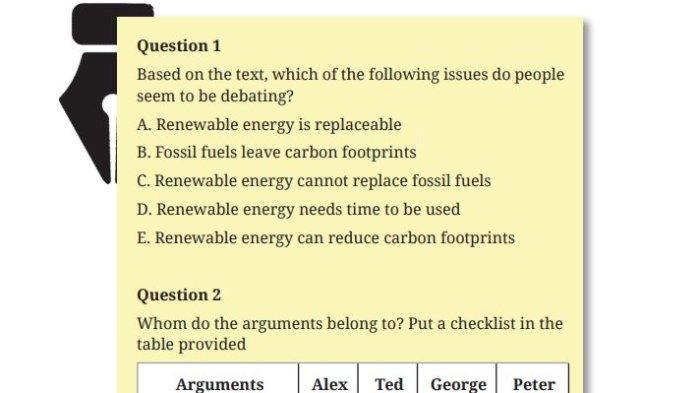On the political stage of Pennsylvania, a dramatic act has just concluded. Like a master chess player surrendering to a brilliant move, Democrat Bob Casey has extended his hand in concession to Dave McCormick, acknowledging the latter’s triumph in their intense battle for a seat in the United States Senate. Let us delve into the nuances of this electoral chess match and analyze the game-changing strategies that shaped its outcome.
Caseys Concession: A Turning Tide in Pennsylvania Politics
After a bitterly contested race, Democrat Bob Casey has conceded defeat to Republican Dave McCormick in the Pennsylvania Senate election. The result marks a significant shift in the state’s political landscape, as Casey had held the seat since 2007.
McCormick’s victory is a major upset, as polls had consistently shown Casey with a narrow lead. However, McCormick was able to pull ahead in the final weeks of the campaign by touting his conservative credentials and highlighting Casey’s support for President Biden.
Key Factors in the Race
- The Economy: The economy was a major issue in the race, with McCormick arguing that Casey’s policies had hurt the state’s economy.
- Education: McCormick also ran on a platform of school choice, while Casey supported increased funding for public schools.
- Healthcare: McCormick opposed the Affordable Care Act, while Casey supported it.
Pollster | Date | Casey | McCormick
Emerson College | Oct. 27-30 | 49% | 46%
Quinnipiac University | Nov. 1-4 | 51% | 45%
Susquehanna University | Nov. 8-10 | 48% | 47%
Deep Dive into the Race: Decisive Factors and Strategic Miscalculations
Decisive Factors that Shaped the Outcome
The Senate race in Pennsylvania was a tight contest that ultimately saw Republican Dave McCormick emerge victorious. Several key factors contributed to the outcome, including:
Economic Concerns: The economy was a major issue in the race, with voters expressing concerns about inflation, job security, and healthcare costs. McCormick effectively tapped into these concerns, framing himself as a business leader who could bring economic stability.
Political Polarization: The ideological divide between Democrats and Republicans intensified in recent years, and this polarization played a role in the election. Casey, a moderate Democrat, faced opposition from both his left and right, while McCormick benefited from a more unified Republican base.
Strategic Miscalculations that Hurt Casey’s Chances
While the economic climate and political polarization played a significant role, some believe that certain campaign decisions by Casey also contributed to his defeat:
Neglecting Rural Voters: Casey allegedly focused his attention on urban and suburban areas, neglecting rural voters who traditionally support Democrats. This oversight may have cost him key votes in crucial swing counties.
Lack of a Clear Economic Message: While McCormick effectively positioned himself as an economic solution, Casey’s economic plan lacked a coherent message and struggled to connect with voters.
Casey’s Strategic Miscalculations
Neglecting Rural Voters | Lack of Clear Economic Message
Recommendations for Democrats: Lessons Learned and Future Electoral Success
Recommendations for Democrats: Lessons Learned and Future Electoral Success
LEARNED LESSONS AND FUTURE ELECTORAL SUCCESS FOR DEMOCRATS:
Analytical insights and strategic recommendations for Democrats looking to improve their electoral performance in future campaigns. Capitalizing on lessons learned, the party can fine-tune its messaging, adopt innovative campaign strategies, and effectively mobilize grassroots support to secure victory in upcoming elections.
FOCUS ON ECONOMIC ISSUES:**
- Emphasize policies that directly impact voters’ financial well-being, addressing rising inflation, job creation, and affordable healthcare.
- Present clear and concise solutions that resonate with the economic concerns of voters, especially those in working-class and middle-class communities.
- Develop targeted messages highlighting how Democratic policies can improve their economic prospects and provide financial stability.
Key Takeaways
As the sun dips below the horizon, casting long shadows across Pennsylvania, a chapter in the state’s political landscape comes to a close. The race for the Senate seat, once fiercely contested, has now been settled.
Like the ebb and flow of the tide, the political currents have shifted. And as the moonlight illuminates the path ahead, Pennsylvania looks towards a new era on Capitol Hill. The concession marks a turning point, a pause in the whirlwind of the campaign, a moment of reflection before the next wave of political discourse.
The words ”I concede” carry a weight that reverberates through the halls of history. They are the punctuation mark at the end of a hard-fought battle, the acknowledgment of a contest well-fought. And with these words, a page is turned, a new chapter begins, and the ever-changing tapestry of American politics continues to unravel.


